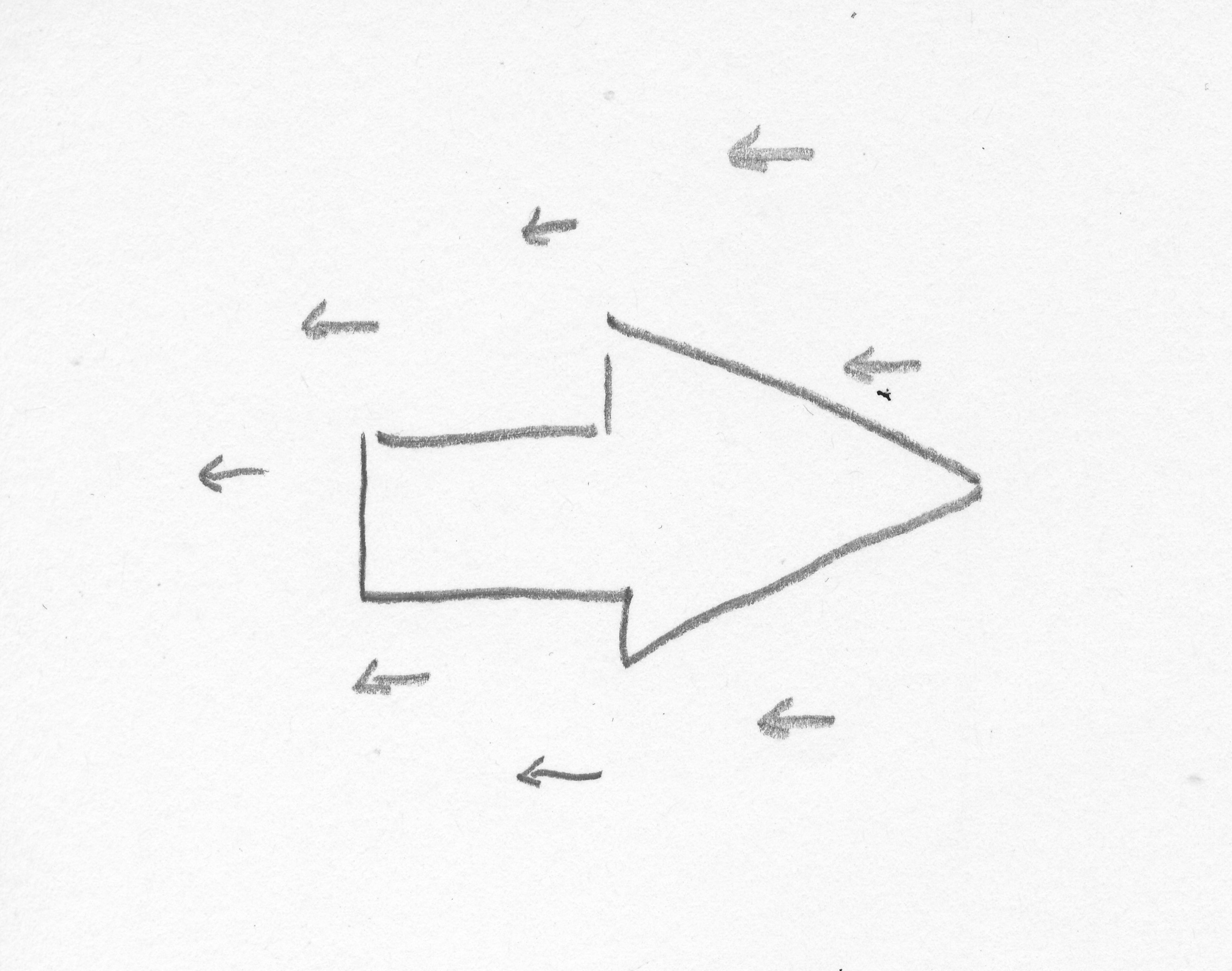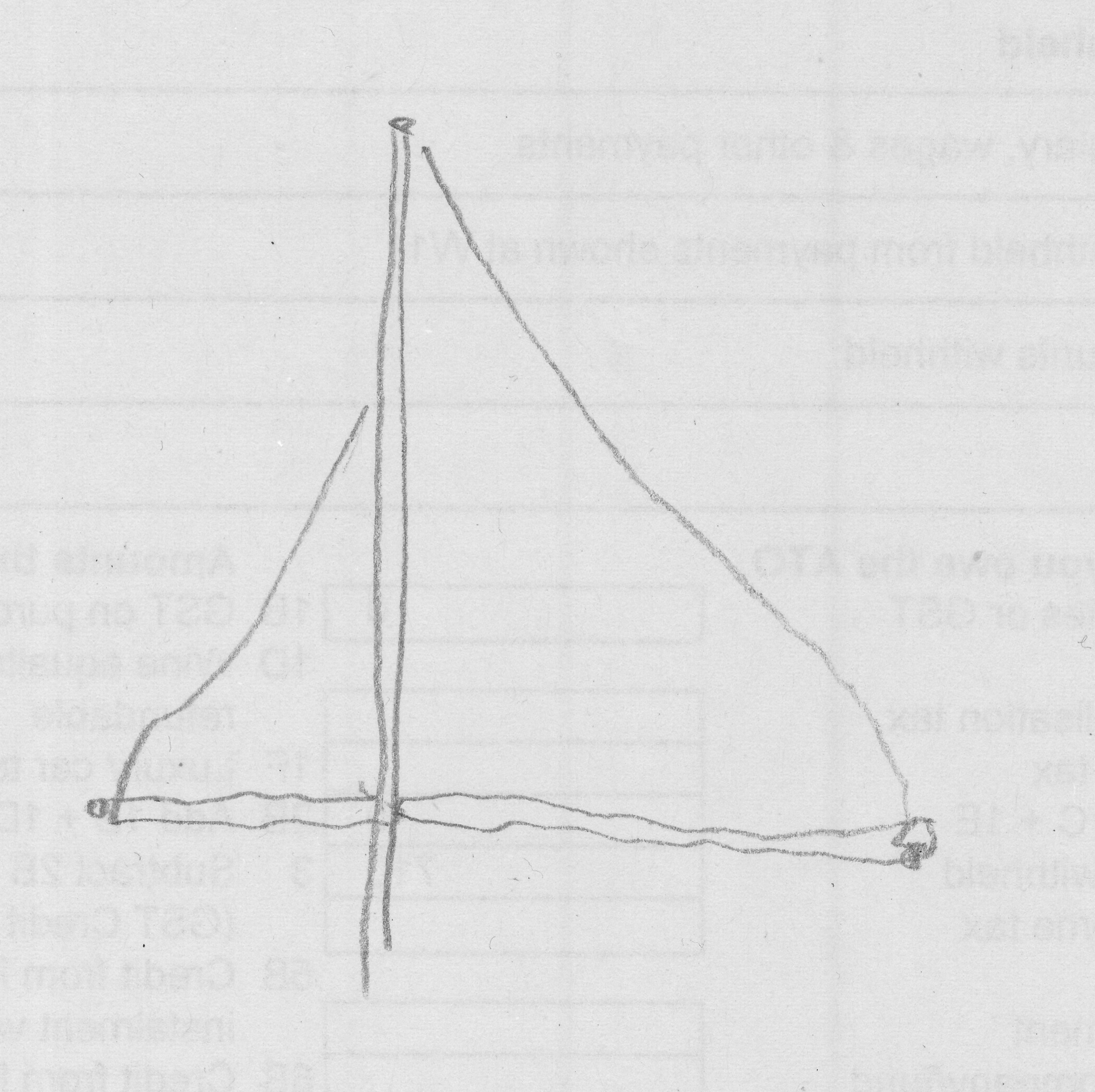 With the feeling you’ve done good work comes the desire to share it with your fellow-travellers. It could be argued that this is egotism – the ‘look at me!’ impulse. ‘I’ve done this great thing; notice me! Congratulate me!’ and so forth. It’s easy to imagine that any commendation for the work one has done makes it feel worthwhile, adds to its personal value by demonstrating a meaningfulness to others. Or maybe it’s actually kinder than that. ‘You might get something from this. Would you like to try it?’ ‘I made this thing. Would you like a little piece?’ ‘Will you listen to how I was feeling, and what I made? Can we share it?’ ‘Will you tell me how you feel?’
With the feeling you’ve done good work comes the desire to share it with your fellow-travellers. It could be argued that this is egotism – the ‘look at me!’ impulse. ‘I’ve done this great thing; notice me! Congratulate me!’ and so forth. It’s easy to imagine that any commendation for the work one has done makes it feel worthwhile, adds to its personal value by demonstrating a meaningfulness to others. Or maybe it’s actually kinder than that. ‘You might get something from this. Would you like to try it?’ ‘I made this thing. Would you like a little piece?’ ‘Will you listen to how I was feeling, and what I made? Can we share it?’ ‘Will you tell me how you feel?’
I have had my struggles with what I’ve perceived as an under-appreciation of work I’ve done. Most simply: no-one came. I didn’t sell any records. There appeared to be no interest in the project. Further on: that reviewer wrote dumb, ignorant things. Too many people said ‘hey, you’ve got a new album out!’ rather than ‘I actually heard your album, and thought/felt/experienced [this]’. The airplay I received was not in balance with the quality and distinctiveness of the work.
I try to tell myself: if you played even to one or two people who actually engaged with the work, who took the trouble to listen seriously to what you were producing, who allowed the feelings evoked to occupy their heart and their mind even for a moment, you had done something valuable. You had given, you had shared, you had exchanged.
But this preoccupation is poisonous. The will to continue is a fragile thing; furthermore it does seem true that nothing nurtures it more than an impression that people have received and valued what you have made so far. Without that, are you disposed to keep going? If a tree falls and no-one is there, is there any point to koans?
Which is where you are witness to the value of irony and the damn’ necessity of pulling the piss.
Thank you for reading.
‘before the door that opens on my story, that would surprise me, if it opens, it will be I, it will be the silence, where I am, I don’t know, I’ll never know, in the silence you don’t know, you must go on, I can’t go on, I’ll go on.’ – Samuel Beckett
9/vi/2017
 Don’t you hate it when you open something to read and the first words are ‘US president, Donald Trump’? I know I do. I am so sick of being shown, being forced to pay attention to, being obliged to accept the existence and the indulgence of, that ridiculous buffoon that I barely have words to articulate my sense of hopelessness. There’s a terror attack in London, and he wants to ban Muslims from travelling, as though that were a positive step to take. Americans can have all the freedom they want, since their nation was built thereupon, but they’ll take all the trouble required to deny it to people of whom they are suspicious. Just as their borders will ideally remain sacrosanct and impregnable but they can put the planes in the air and drop a bunch of bombs on any other country to which they’ve taken exception.
Don’t you hate it when you open something to read and the first words are ‘US president, Donald Trump’? I know I do. I am so sick of being shown, being forced to pay attention to, being obliged to accept the existence and the indulgence of, that ridiculous buffoon that I barely have words to articulate my sense of hopelessness. There’s a terror attack in London, and he wants to ban Muslims from travelling, as though that were a positive step to take. Americans can have all the freedom they want, since their nation was built thereupon, but they’ll take all the trouble required to deny it to people of whom they are suspicious. Just as their borders will ideally remain sacrosanct and impregnable but they can put the planes in the air and drop a bunch of bombs on any other country to which they’ve taken exception.
I took my second ride in an Uber yesterday, on the way to ACMI to see Emma Franz’s new picture, ‘Bill Frisell: A Portrait.’ My driver had in the morning collected two American passengers who did not want to disclose their place of origin because they are embarrassed about how their country is looking to everyone else. He and I talked about the lamentable state of the world, particularly in view of the attacks on London Bridge and at the Borough Market, and the hopelessness of the people who have been elected to lead. And I said to him what I have long thought: that the missing thing is respect. People are not inclined to listen to one another or to try to understand each other’s desires and needs. Imagine if you took to friendship the approach that world leaders take to international relations. You’d be pretty lonely. But they have friends, right? So why can’t they work from the personal level to try to make others feel valued, important, worthwhile?
I’m cross about a few things just now but what I’m saying here simply makes me sad. Why is it that people can’t get around the table and find out what’s required for peace? Why can’t they engage in the appropriate level of self-critique to establish how they may possibly have put other people off-side? How can it be that people are happy to remain so suspicious of each other, so determined to see only the bad, and then so content with advertising only the worst of themselves? Why are they so unable to give anything up for anyone else? What do you say to children? Share. Be kind. Show patience. Do your best. I love you.
We need something new out here. Something very old, actually, but something very different and currently out of favour. Love. Trust. Kindness. Attention. Respect.
5/vi/2017
 With the feeling you’ve done good work comes the desire to share it with your fellow-travellers. It could be argued that this is egotism – the ‘look at me!’ impulse. ‘I’ve done this great thing; notice me! Congratulate me!’ and so forth. It’s easy to imagine that any commendation for the work one has done makes it feel worthwhile, adds to its personal value by demonstrating a meaningfulness to others. Or maybe it’s actually kinder than that. ‘You might get something from this. Would you like to try it?’ ‘I made this thing. Would you like a little piece?’ ‘Will you listen to how I was feeling, and what I made? Can we share it?’ ‘Will you tell me how you feel?’
With the feeling you’ve done good work comes the desire to share it with your fellow-travellers. It could be argued that this is egotism – the ‘look at me!’ impulse. ‘I’ve done this great thing; notice me! Congratulate me!’ and so forth. It’s easy to imagine that any commendation for the work one has done makes it feel worthwhile, adds to its personal value by demonstrating a meaningfulness to others. Or maybe it’s actually kinder than that. ‘You might get something from this. Would you like to try it?’ ‘I made this thing. Would you like a little piece?’ ‘Will you listen to how I was feeling, and what I made? Can we share it?’ ‘Will you tell me how you feel?’